Safety jackets are essential personal protective equipment designed to enhance the visibility and safety of individuals in various environments, particularly in low-light or hazardous conditions. Here?s a detailed description of safety jackets:
Features of Safety Jackets:
High Visibility: Safety jackets are often made from bright, fluorescent colors such as neon yellow, orange, or green. This bright coloration increases visibility in poor light conditions and helps to ensure that the wearer is easily seen.
Reflective Strips: Most safety jackets have reflective strips or bands, usually made from materials like retroreflective tape. These strips reflect light back to its source, making the wearer more visible during nighttime or in low-light conditions.
Materials: Safety jackets are commonly made from durable materials such as polyester, nylon, or a blend of synthetic fibers. These materials are chosen for their visibility, durability, and weather resistance.
Design: Safety jackets come in various designs, including vests, full jackets, and raincoats. They can be equipped with features such as zippered pockets, adjustable straps, and breathable mesh panels.
Comfort: Many safety jackets are designed with comfort in mind. They may feature mesh linings, adjustable hems, and lightweight fabrics to ensure that they are comfortable for prolonged wear.
Weather Protection: Some safety jackets are designed to offer protection from the elements, including waterproof or water-resistant options for rain and windproof features for cold weather.
Uses of Safety Jackets:
Construction Sites: Workers on construction sites use safety jackets to remain visible to machinery operators and other workers.
Road Work: Traffic management personnel and road workers wear safety jackets to be easily seen by drivers and other road users.
Emergency Services: Emergency responders, such as police officers and firefighters, use safety jackets to be easily identifiable in chaotic or hazardous situations.
Outdoor Activities: Safety jackets are also used by cyclists, runners, and hikers for increased visibility during early morning, late evening, or poor weather conditions.
Regulations and Standards:
In many regions, safety jackets must meet specific standards and regulations to ensure they provide adequate protection. For example:
ANSI/ISEA 107: In the United States, safety jackets often adhere to the ANSI/ISEA 107 standard for high-visibility safety apparel.
EN 20471: In Europe, safety jackets may comply with the EN 20471 standard for high-visibility clothing.

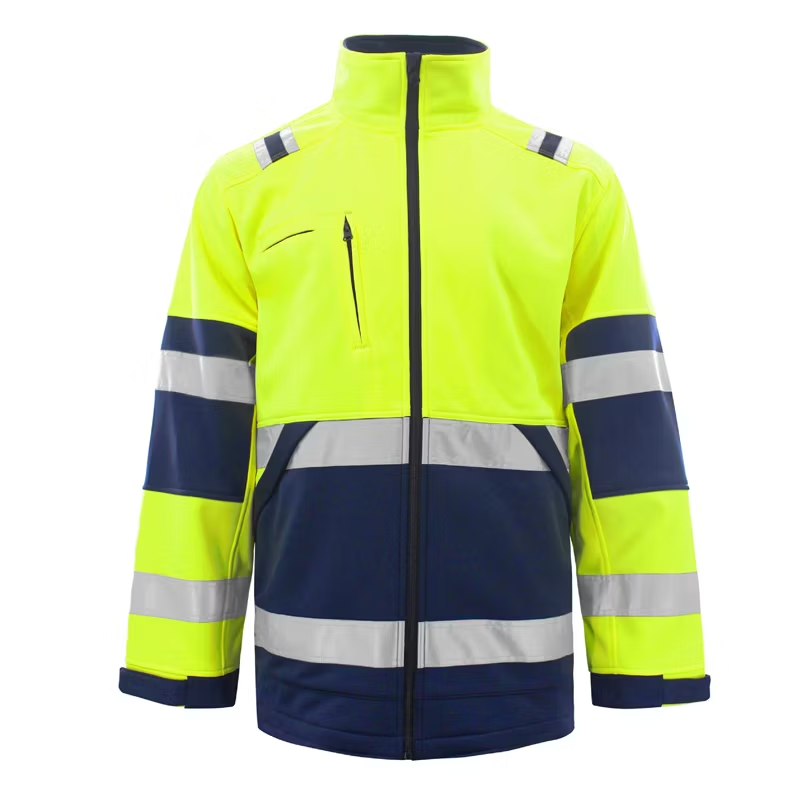

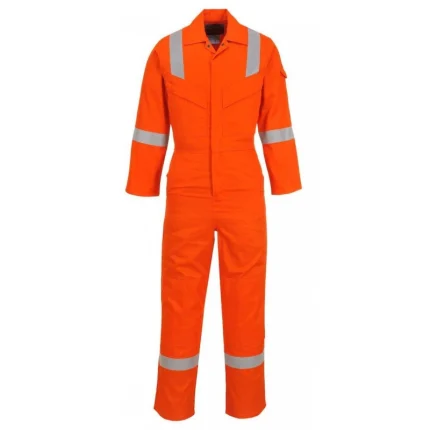
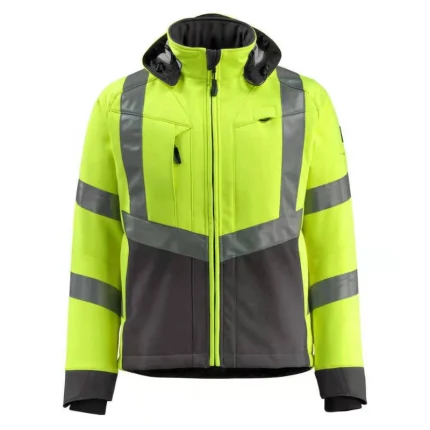
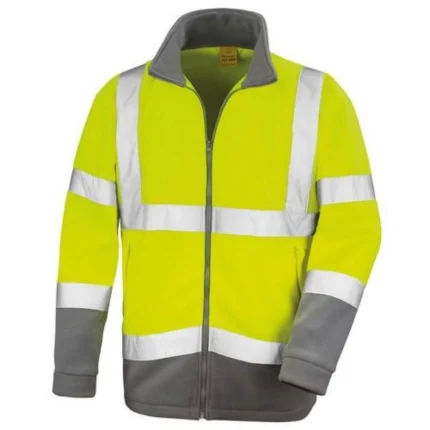
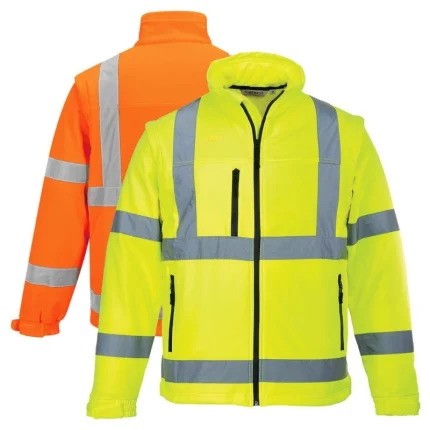
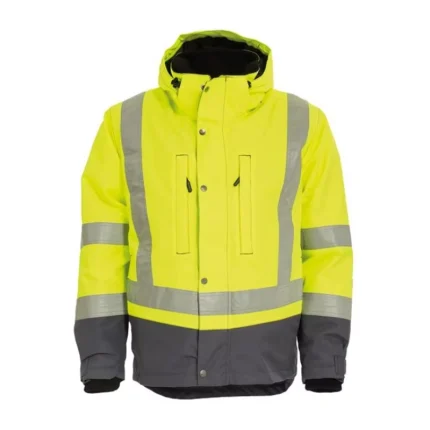
Reviews
There are no reviews yet.